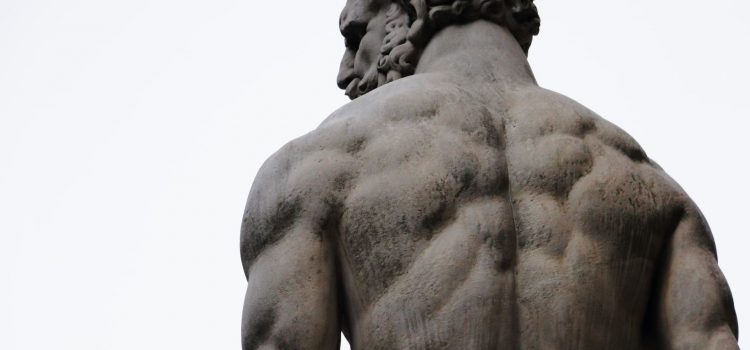What is the ostrich effect bias? How dangerous is denial syndrome? The ostrich effect bias is the tendency to avoid negative information and refuse to accept that objective truth exists because it causes pain. This bias is dangerous because it can lull you into believing that a situation is better than it really is, which causes things to deteriorate further. Read on to learn more about the ostrich effect bias.
Ostrich Effect Bias: Why People Avoid Negativity










